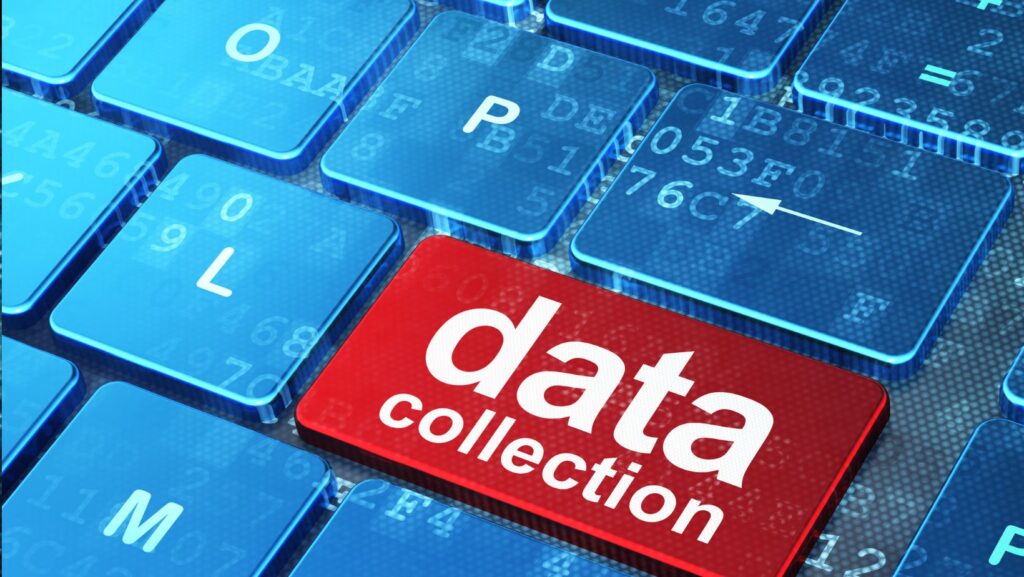Data collection has always been an important aspect of business. Data lies at the core of any informed business decisions. Making decisions without any information to base them on can lead to damaging results. However, there are a number of ways that businesses can collect information. In this article, we explore a few of them alongside trends that will shape how we collect data and how residential proxies are more essential than ever.
Why Is Data Collection Critical for Businesses
Information gathering is a crucial process that businesses use to gather information on various business-related matters. Companies rely on high-quality data in order to make decisions, so much so that some are even willing to pay for good information. With access to information, a business can continue to make the required improvements, act on customer feedback, and much more.
Think about it like this: if you had a list of your competitor’s products and prices, you could adjust your offering accordingly to remain competitive. Alternatively, you could create a small batch of a new product and give it to loyal clients to test before spending a lot of money creating large batches without knowing what your target audience thinks.
Data collection forms the catalyst from which all of your important decisions are made. While your business idea might have sprouted from inspiration, gathering relevant information made it real. Information allows you to find out if the idea is even viable, who your target audience is, and how you can reach them. Information continues to play a role in growing and expanding your business and eventually making it successful. It’s also relevant in maintaining that success.
Collection Methods
Many different data collection methods are available, ranging from surveys to focus groups and secondary data. The methods you choose to use in your business rely on the type of data you’re collecting and the goal of your research.
If you’re looking to identify any areas of your process that might need improving, a survey might be just the thing. However, if you want to test out a new product idea, a focus group might yield better results.
When it comes to types of information, there are two broad categories: primary and secondary. Businesses who wish to succeed in the competitive landscape understand the importance of incorporating both into their collection strategies. Primary data is original information collected directly from the source, ex. Surveys. Secondary data is collecting existing relevant information from external sources, ex. Government records.
The Role of Web Scraping in Data Collection
Web scraping has proven to be a reliable way for many businesses to collect the necessary secondary data. Web scraping is the process of collecting vast amounts of publicly available information across the Internet. The best part is that the process is largely automated, which makes the entire process more efficient.

Using scraping tools, you can easily collect various types of information ranging from market trends, competitor information, pricing intelligence, customer sentiment, brand reputation, and much more. By implementing web scraping effectively, you can collect all the secondary information your business requires.
However, when it comes to web scraping, it’s recommended to use residential proxies alongside your scraping tools. Residential proxies will ensure your online anonymity while scraping and stopping websites from blocking your scraper, which leads to incomplete information.
New Trends in Data Collection
New trends are always emerging, even within information gathering. It may seem that most data collection methods stay the same; after all, surveys and client feedback were used before computers and the Internet. Yet, there are changes within the methods that help make them more effective and efficient, like the new interactive surveys online that get better responses from users.
Here are a few of the upcoming trends that will affect information-gathering efforts:
- IoT drives large-scale information collection.
- AI and ML are transforming information-gathering efforts.
- Stricter government regulations are reshaping data industries.
- Technological innovations make it possible to collect unstructured data.
- Wearable tech opens new information avenues.
- Edge computing continues to improve and makes real-time data collection more reliable.
- Embracing voice search and recognition in information gathering through voice-to-text, etc.
- Augmented (AR) and virtual reality (VR) are gaining ground and offer unique uses in information collection.

One prominent example of technological advancements in data collection is the seamless integration of tools like postgres to snowflake, or even the ability to migrate Postgres to Iceberg for more scalable and high-performance data storage solutions. These innovations enable businesses to efficiently transfer and analyse large datasets across different platforms. Clearly, there are a number of new trends that will have an impact on information gathering. Staying on top of these trends and implementing them into a collection strategy is essential to getting the benefits of these improved innovations.
For example, the data collected from IoT devices create an opportunity for healthcare, smart cities, and industrial automation. Alternatively, integrating AI and ML into data analytics will make essential operations smoother and result in the business’s ability to adapt quickly to any market changes.
Get More From Your Data With Efficient Collection Methods
Data collection has always been an essential part of any business. Whether you’re starting out and creating your business plan or looking for the best way to move your company forward, data lies at the heart of these decisions.
Over the years, information collection has evolved. While many methods, such as surveys and focus groups, are still relevant, web scraping and other tactics have arrived to make secondary information collection easier. Information collection trends are also poised to continue evolving, with new technologies such as AI, ML, augmented reality, and IoT playing an important part in the process.